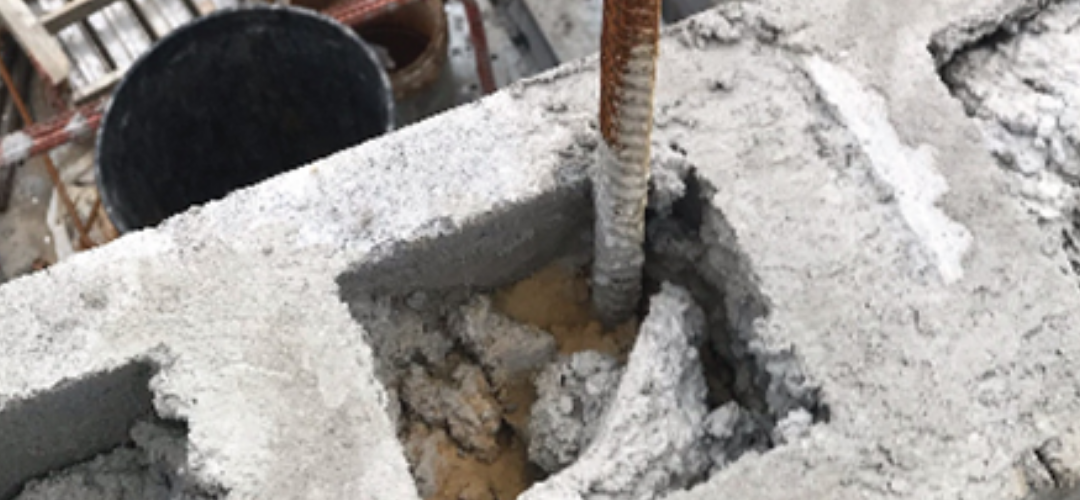In March 2021, a three-storey masonry building under construction in Newcastle, NSW highlighted a serious issue in reinforced masonry: incorrect placement of vertical reinforcement.
Photos from the site reveal vertical steel bars pushed up against the shell face of the blocks, instead of being centrally located within the core. While this might look minor to the untrained eye, for those in the industry, it raises major red flags. The consequences are more than cosmetic, they’re structural.
Why Central Placement Matters
In a reinforced masonry wall, vertical reinforcement must be located centrally within the core of the block. This is not only a design preference—it’s a compliance requirement based on AS3700:2018.
When reinforcement is pushed to the edge of the block:
- Grout coverage is reduced, exposing the steel to moisture and accelerating corrosion.
- Structural strength is compromised, especially under load.
- Durability drops significantly, shortening the life of the wall from the moment construction is completed.
These misalignments also make it difficult for certifiers to confidently approve the work, opening the door to costly rectification works—and potentially denying insurance claims in the event of future structural issues.
The Cost of Getting It Wrong
The most concerning aspect of this Newcastle case is not just the placement error, but the long-term implications for the property owner.
Poor rebar placement can:
- Trigger non-compliance with Australian standards
- Require partial demolition and rework
- Lead to premature degradation and cracking
- Cause denied insurance coverage due to poor construction practice
The cost of fixing these issues post-construction is significantly higher than simply doing it right the first time.
The BlockAid Solution
This is exactly why BlockAid Rebar Positioners exist. BlockAid ensures:
- Horizontal reinforcement is located precisely as each course is laid
- Vertical bars are inserted cleanly and held centrally within the core
- Reinforcement remains stable during core filling – no movement, no tying, no welding
This creates a structurally sound, compliant lattice of reinforcement through the wall, eliminating the risk of misplacement and ensuring the long-term durability of the structure.
Don’t Let This Happen on Your Site
The issues seen in Newcastle are preventable. With BlockAid, builders, specifiers, and certifiers can:
- Build with confidence
- Reduce the risk of rework
- Maintain full compliance with AS3700 and NCC
Talk to us today about specifying BlockAid for your next project. Call Chris Rafferty on 0407 002 669.

